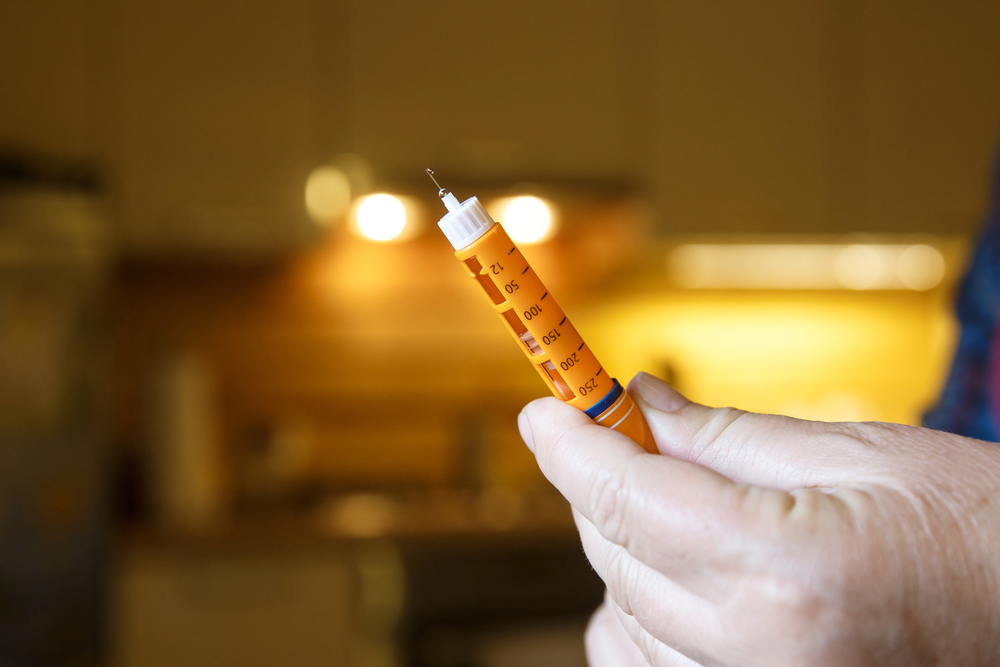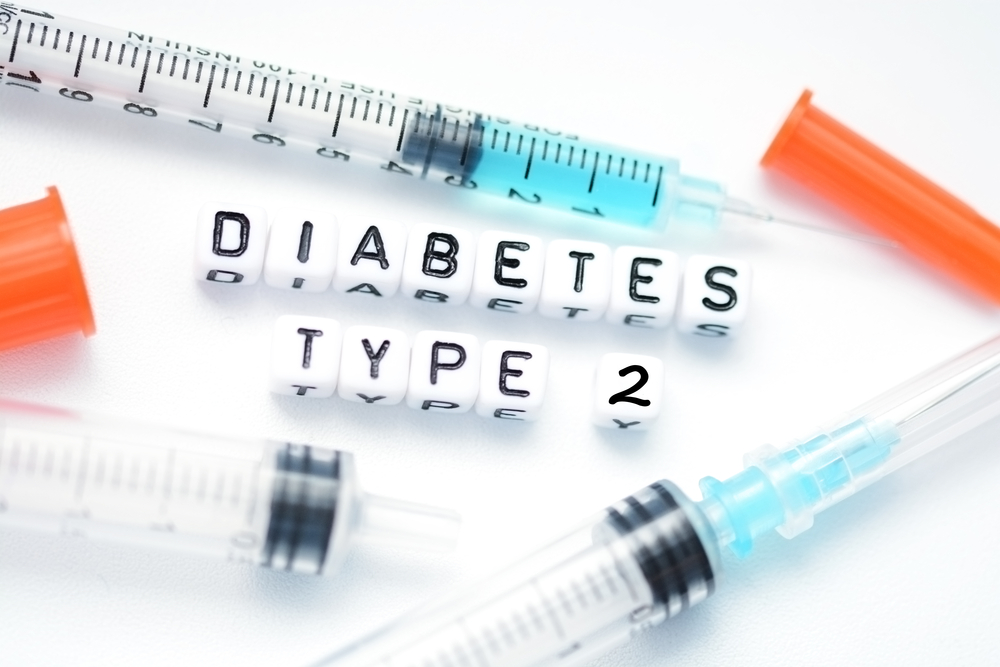The symptoms of type 2 diabetes vary from mild to severe. Some people do not even experience any symptoms associated with the disease.
Diabetes- An introduction
Diabetes is a condition defined by the excess of glucose in the bloodstream. Glucose is essential for producing energy in your body. It comes from foods that contain carbohydrates. Such food items include pasta, bread, rice, fruits, yogurt and starchy vegetables. Your body tends to break down carbohydrates into sugar (glucose, which then enters into the bloodstream. Insulin is a hormone produced by the pancreas in the body. This hormone is essential for allowing the glucose from the blood to enter the body cells to use for producing energy.

Also Read: Symptoms that say you have diabetes
Type 2 diabetes happens when the pancreas is not able to make enough insulin, and the body cells can’t respond to the insulin. This causes an increases blood glucose levels.
Risk of type 2 Diabetes
Type 2 diabetes is more likely to affect adults, but younger people and even children are now developing the metabolic disorder. Here are some risk factors for type 2 diabetes:
- Increasing age
- Having pre diabetes
- Living an inactive lifestyle
- Have a family background of type 2 diabetes
- Being overweight or obese
- Having gastrointestinal pregnancy during pregnancy
- Having polycystic ovary syndrome (a women disorder)
- Using certain types of antipsychotic or steroid medications
Symptoms of Diabetes
Type 2 Diabetes symptoms include:
- Blurred vision
- Pain in the legs or feet
- Tingling in the legs and feet
- Going to the toilet more often to pass urine
- Feeling tired most of the time
- Itching and skin infections
- Cuts and injuries that do not heal
- Being thirsty and drinking water more than usual
In many cases, symptoms do not appear or if it appears people don’t notice these symptoms. In extreme cases, the first sign of diabetes may be a complication such as vision problem, foot ulcer, or even a heart attack.
Prevention of Diabetes
Diabetes can be prevented by adopting healthy lifestyle habits. People who are at a high risk of developing diabetes can prevent the disease by making simple lifestyle changes in their daily routine. This includes healthy food choices, regular exercise, or physical activity, and maintains a healthy weight.
Once you have developed type 2 diabetes, there is no cure, but the good news is that you can manage it by following a healthy lifestyle. A recent study suggests that maintaining a healthy weight plays a vital role in slowing down the progression of type 2 diabetes.
Management of Diabetes
As mentioned above, type 2 diabetes can be easily managed with regular exercising and healthy eating. In severe cases, you may require diabetes medications to lower glucose levels in your bloodstream. As the disease progresses, some people may also need insulin shots to maintain the glucose level in the body. An insulin injection is injected to keep blood glucose level in the target range.
Diabetes care is important for good health and for preventing diabetes associated complications such as damage to the blood vessels, eyes, kidney, and liver.
Diagnosing type 2 Diabetes
A blood sugar test is a good choice for detecting sugar levels in the body. The test should be performed under the supervision of a health care specialist. Your physician may conduct this test on an empty stomach or after drinking or eating.
Also Read: Powerful foods to fight diabetics
An oral glucose tolerance test is also available and is done at a physician’s place. You will have a fasting blood test first, then be given a sugary fluid and have your blood tested two hours after consuming the fluid.
Managing diabetes is a team effort involving your family, friends, and physicians. You can also take help of a counsellor, social worker or psychologist to help manage your diabetes.


